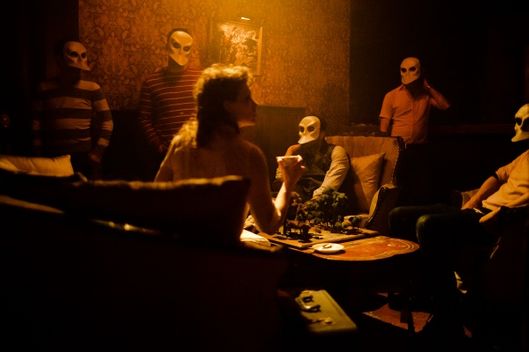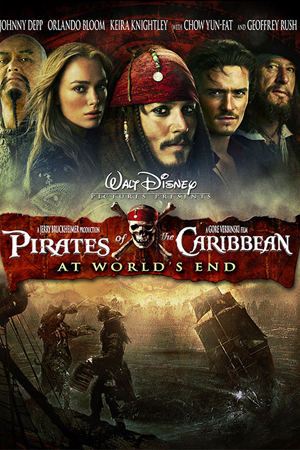As I alluded to in my preceding game log, an Assassin’s Creed movie is actually being made. Ubisoft, who fought movie publishing houses to retain creative control over their franchise, started developing the project in 2012. The film stars Oscar-nominated Michael Fassbender (a producer on the project) and Oscar-winning Marion Cotillard and is directed by Justin Kerzel, who directed the most recent Macbeth film adaptation with Fassbender and Cotillard (Armitage). The plot is basically lifted from the games’ main protagonist, Desmond Miles, as a new character is captured by the sinister Abstergo Industries and becomes an assassin through exploring the memory of his ancestors (through DNA, technology, and whatever). But, that transplanted plot isn’t really important. What is important is that yet another video game movie is actually being released but this time during Christmas. Yes, Ubisoft seriously thinks a video game movie can actually compete with both a Star Wars and a Harry Potter spin-off during the holiday season.
Perhaps, I should slow down on my knee-jerk skepticism. Not all movies adapted from video games have been flops. The Tomb Raider and Resident Evil movie franchises have each made hundreds of millions of dollars, about $400 million and about $500 million respectively (Hillier). Critics hailed the moderately successful Prince of Persia movie as “far from perfect, but fun to watch” and “a movie that knows exactly how dumb it is” (Rotten Tomatoes). However, these three movies deviated a great deal from their respective franchises. The Resident Evil created a new character for Milla Jovivich to play and storylines that had stuff very loosely relating to Raccoon City and somewhat referencing the games’ characters. According to game blogger Brenna Hillier, a video game movie wants “to wring a pretty penny out of a gaming property you need to shuck off most of the trappings of established narrative and personalities and focus instead on a few core takeaways” (Hillier). Video game movies cannot rely on video games for a good story because video game narratives are: 1.) much longer than a movie narrator (8-10 hours for a typical FPS story v. 1.5-2 hours for a typical action movie); 2.) reliant on the opposite of the necessary passive watching required for movies: interactivity.
Video games are meant to be played. Now, it didn’t take me the whole semester to discover this truth, but that statement needs to be emphasized here. Put another way, video game narratives are meant to be played, acted upon by a player who guides the actions in the digital world and fill the identity of a typically empty protagonist (like the sort-of British Lara Croft or completely silent Gordon Freeman) in action games. The game’s journey isn’t so much for the protagonist but for the player. The whole experience is designed for the player to move around, observe, and perform certain actions through an avatar. Movies take an audience member through a guided, pre-set series of events for a diegetic protagonist that the viewer cannot affect nor control. That is why videogames should not be made into movies, or if they are, the movie only resembles the game in name. A movie should never borrow a game’s narrative just because movie execs think the game’s brand is strong enough for them to plug mindlessly into a three-act plot structure without any extraordinary critical thought. That leaves us with abominations like the Super Mario Bros. movie or the Alone in the Dark movie that has a 1% score on Rotten Tomatoes (Rotten Tomatoes).
So, videogame narratives depend on player interaction over a long span of time. Movies depend on spectator compliance for around two hours at most now. Coincidentally, that’s about how much time I spent on Assassin’s Creed IV: Black Flag, which insists on forcing a player to be a spectator for the first two hours of the game. So, maybe I was wrong. Maybe Assassin’s Creed will be a good movie because those games have already tried so hard to be movies.
Works Cited:
“Alone in the Dark.” Rotten Tomatoes, https://www.rottentomatoes.com/m/alone_in_the_dark. Accessed 27 Nov. 2016.
Armitage, Hugh and Rosie Fletcher. “Assassin’s Creed movie: Everything you need to know about Michael Fassbender and the cast, spoilers, and release date.” Digital Spy, 27 Oct. 2016, http://www.digitalspy.com/movies/feature/a672940/assassins-creed-movie-everything-you-need-to-know-about-michael-fassbender-and-the-cast-spoilers-and-release-date/. Accessed 27 Nov. 2016.
Hillier, Brenna. “Metal Gear Solid and the gaming curse.” VG 24/7, 31 Aug. 2012, http://www.vg247.com/2012/08/31/metal-gear-solid-and-the-gaming-cinema-curse/. Accessed 27 Nov. 2016.
“Prince of Persia: The Sands of Time.” Rotten Tomatoes, https://www.rottentomatoes.com/m/prince_of_persia_sands_of_time/. Accessed 27 Nov. 2016.





